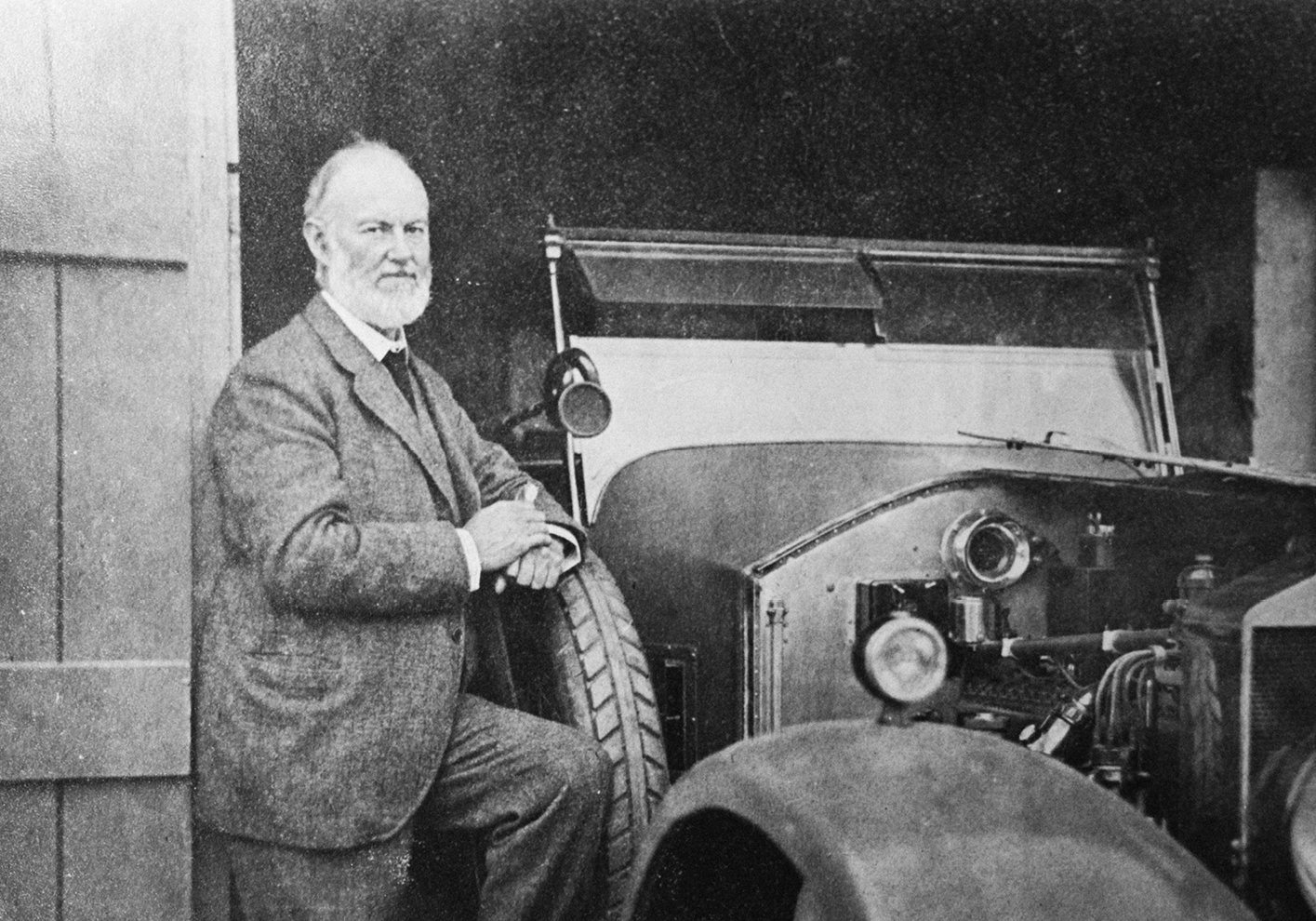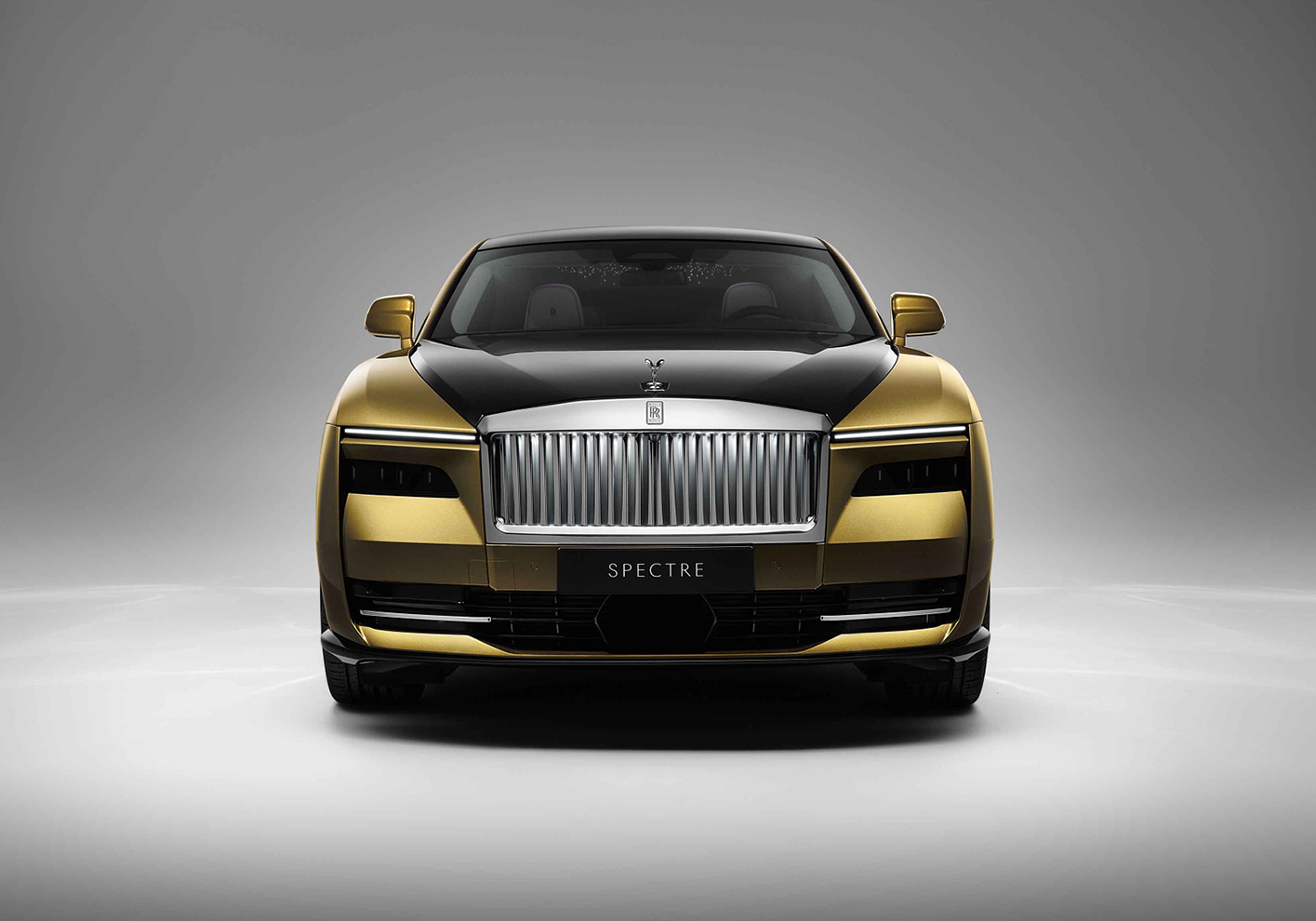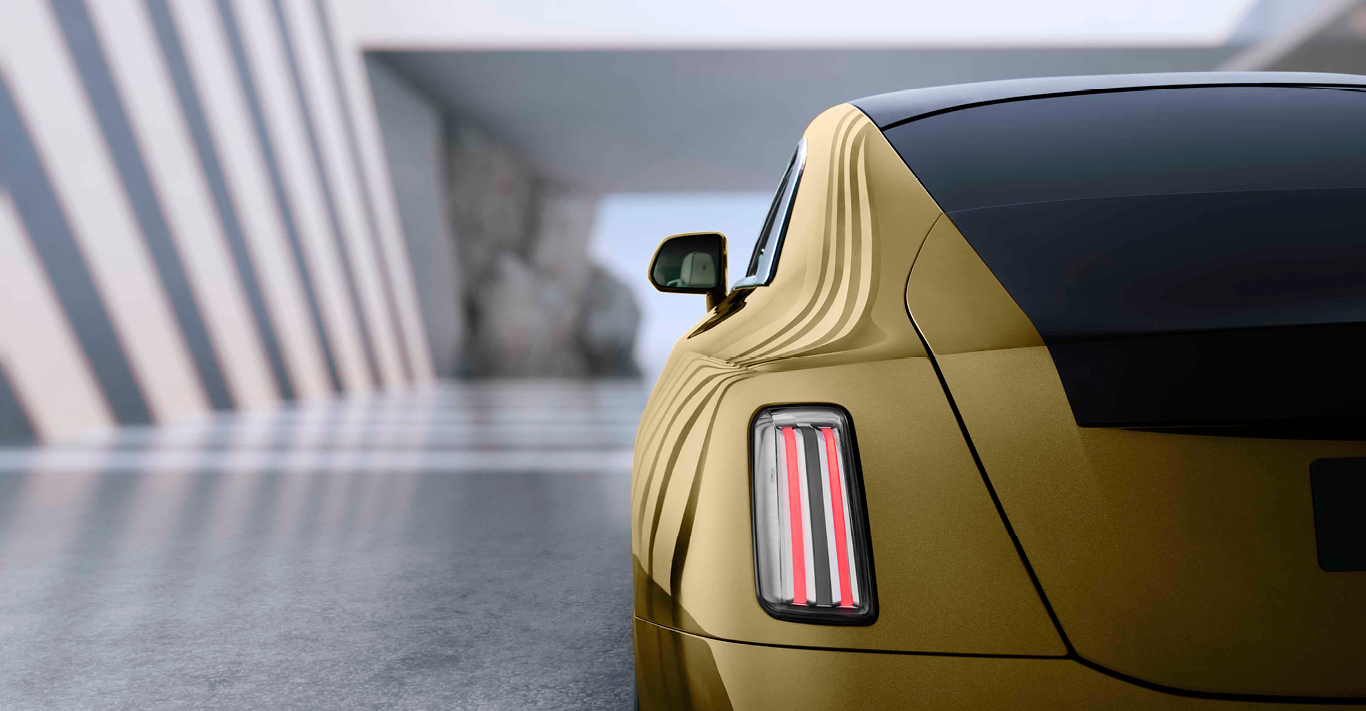WORDS
David Green
Had the stars aligned differently, we may have been talking about the first electric Rolls-Royce over a century ago. Back then, electrification was seen as a genuine alternative to oil as power for vehicles, but the fossil fuel won out, and ever since, Rolls-Royce has been building cars that disguise the internal combustion engine and behave – well, like an electric car. In truth, electric technology, particularly battery storage and charging infrastructure, never stood a chance at the dawn of the automobile era. Now, the electric age has finally arrived, and Rolls-Royce has launched its first fully electric vehicle, stealing a march on its luxury rivals Bentley, Ferrari and Aston Martin.
It’s fitting that Rolls-Royce got over the line first, as the brand’s founders, Sir Henry Royce and Charles Rolls, were both advocates of electric power. Royce’s first company, before he built cars, manufactured dynamos, electric motors and even patented the bayonet light bulb fitting. Yet it was Charles Rolls who had the really impressive foresight, saying after trying one as long ago as 1900: ‘The electric car is perfectly noiseless and clean. There is no smell or vibration, and they should become very useful when fixed charging stations can be arranged. But for now, I do not anticipate that they will be very serviceable – at least for many years to come.’ Those virtues of no vibrations and noiselessness would inform how he created his petrol-powered cars, but he was right that it would be ‘many years’ before electric power would grace a Rolls-Royce. Yet it always felt somewhat destined; the brand seemed ideally suited as it has never wanted anything other than silence and power from its engines, which is the very essence of electric mobility.

Rolls-Royce toyed with electric power previously. In 2011, they created the 102EX, a fully operational electric Phantom, and in 2016, the company presented a vision of the future with the outrageous electric-powered 103EX concept car. Neither was intended for public consumption as the technology was still not quite ready. We had to wait until 2021 before CEO Torsten Müller- Ötvös finally felt he could put a flag in the ground, and the epochal announcement was made: ‘Today is the most significant day in the history of Rolls-Royce Motor Cars since 4 May 1904. On that date, our founding fathers, Charles Rolls and Sir Henry Royce, first met and agreed that they were going to create “the best motor car in the world”,’ he said. ‘Today, 117 years later, I am proud to announce that Rolls-Royce is to begin the on-road testing programme for an extraordinary new product that will elevate the global all-electric car revolution and create the first – and finest – super-luxury product of its type. This is not a prototype. It’s the real thing, it will be tested in plain sight and our clients will take first deliveries of the car in the fourth quarter of 2023.’ However, it wasn’t simply a case of replacing the internal combustion engine with an electric motor. Testing was exhaustive and was carried out globally on every terrain and in every temperature imaginable. By its completion, the prototypes had covered 2.5m kilometres, simulating over 400 years of everyday use. The result is Spectre.
The car itself is undeniably a Rolls-Royce. A vast, majestic super coupe that doubles down on traditional Rolls-Royce attributes rather than branching out in its own futuristic style like we have seen from so many other manufacturers’ new electric models. Subtle differences include a touchscreen and a digital instrument display appearing for the first time, but the Spectre has hardly gone Blade Runner on us, and the display does a very good impression of the analogue one it replaces. The unique Rolls-Royce Starlight headlining can now be extended to the door panels with an extra 4,796 LEDs, delivering a dazzling effect at night. The drive is impressive, and the electric power aligns perfectly with the manufacturer’s hallmark “magic carpet ride”. The brake regeneration can be amplified by selecting driving mode B from the steering column stalk. This gives the Spectre one-pedal driving where, except for an emergency stop, you can drive exclusively with the accelerator, even as you approach traffic lights. It feels like a very Rolls-Royce way to drive, and that, combined with how smooth the power delivery is calibrated, is an achievement for which the engineers should be applauded.

The power regeneration may put more energy back into the battery, but that won’t be a Spectre owner’s chief concern. This car has a respectable range of 329 miles, but as most owners are expected to have six other vehicles in the garage, they will rarely rely on public charging and will usually stay well within the range.
The absence of sound is, as you would expect, impressive. So much so that, ironically, having spent over a century trying to make a car silent, the Rolls-Royce engineers find themselves adding the option of sound to this car. Spectre is deemed almost too eerily quiet for some, and artificial sound can be switched on, to emulate the rumble of a petrol engine, albeit a quiet one.
The Spectre comes along at a healthy period for Rolls-Royce. The super-rich are still buying luxury cars. Last year was the first the company sold more than 6,000 cars. The added bonus is that the new power will attract buyers who previously wouldn’t have considered the brand, giving those who have withheld consent to now think about an emissions-free Rolls-Royce. Those buyers will also be doubly happy that Rolls-Royce is following parent company BMW’s push to eliminate rare earth metals in its electric motors.
By 2030, the entire product range at Rolls-Royce will be fully electric. It will be the end of an era for the internal combustion engine. Charles Rolls and his partner Henry Royce would surely be delighted that the company they founded had finally embraced the power that showed so much promise. A prophecy fulfilled.





